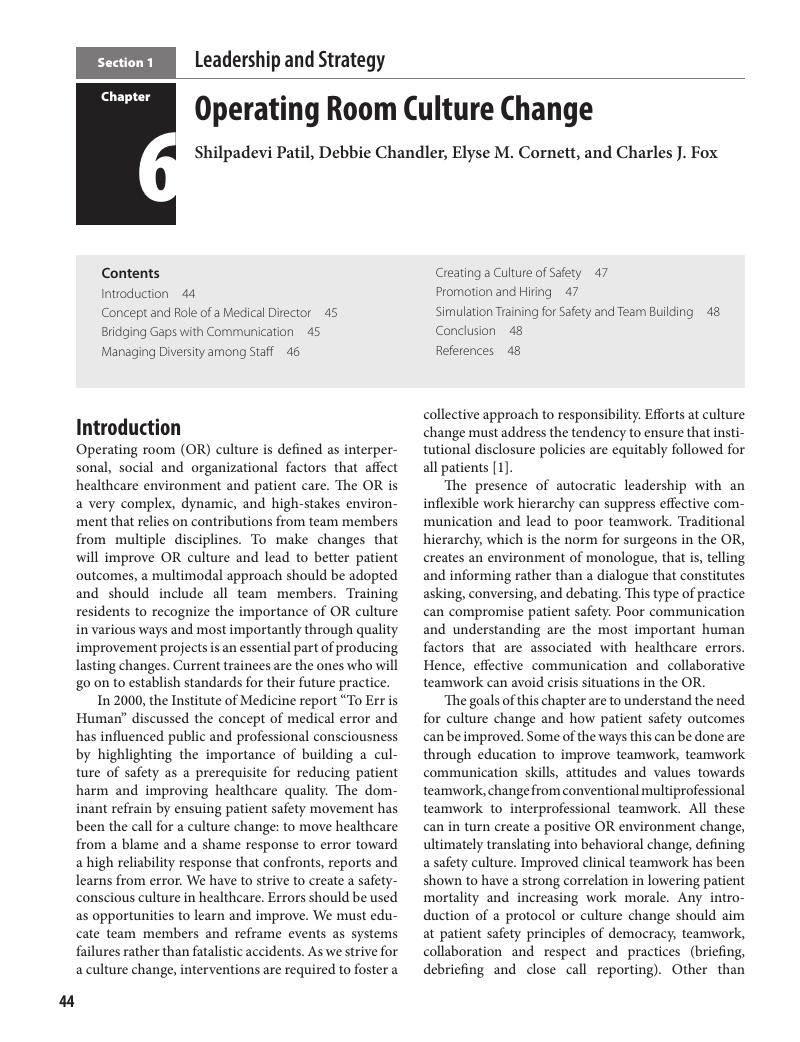Book contents
- Operating Room Leadership and Perioperative Practice Management
- Operating Room Leadership and Perioperative Practice Management
- Copyright page
- Dedication
- Contents
- Contributors
- Foreword 1
- Foreword 2
- Preface to the Second Edition
- Section 1 Leadership and Strategy
- Section 2 Economic Considerations, Efficiency, and Design
- Section 3 Surgical and Anesthesia Practice Management
- Section 4 Nursing
- Section 5 Safety, Standards, and Information Technology
- Index
- References
Section 2 - Economic Considerations, Efficiency, and Design
Published online by Cambridge University Press: 16 November 2018
- Operating Room Leadership and Perioperative Practice Management
- Operating Room Leadership and Perioperative Practice Management
- Copyright page
- Dedication
- Contents
- Contributors
- Foreword 1
- Foreword 2
- Preface to the Second Edition
- Section 1 Leadership and Strategy
- Section 2 Economic Considerations, Efficiency, and Design
- Section 3 Surgical and Anesthesia Practice Management
- Section 4 Nursing
- Section 5 Safety, Standards, and Information Technology
- Index
- References
Summary

- Type
- Chapter
- Information
- Publisher: Cambridge University PressPrint publication year: 2018



